Campbell River and District Museum and Archives Society
The Collection Area
The Museum collection comprises ethnographic, historic, archaeological and archival material of the northern Vancouver Island area, specifically from Oyster River east to Desolation Sound and north to Rivers Inlet, including off-shore islands; west to Gold River and beyond to the outer coast at Estevan Point, and north to the tip of Vancouver Island.
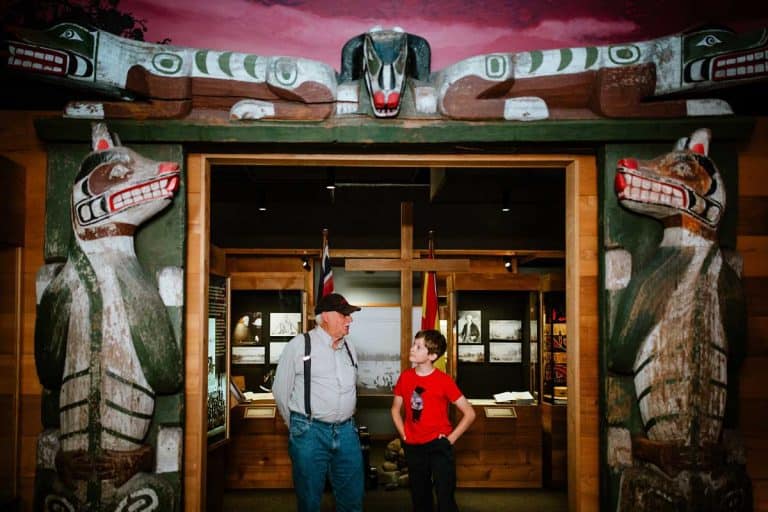
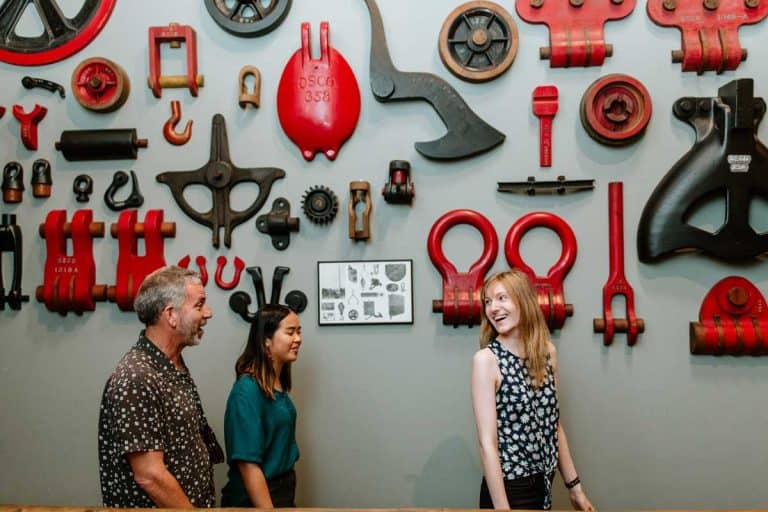
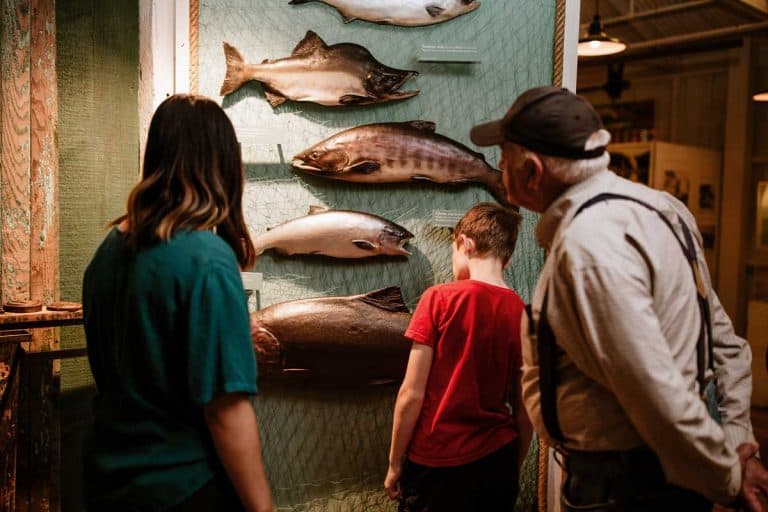
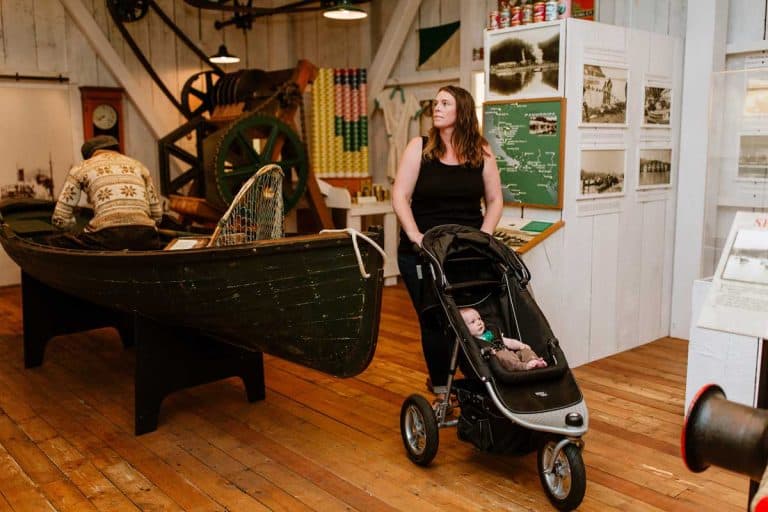

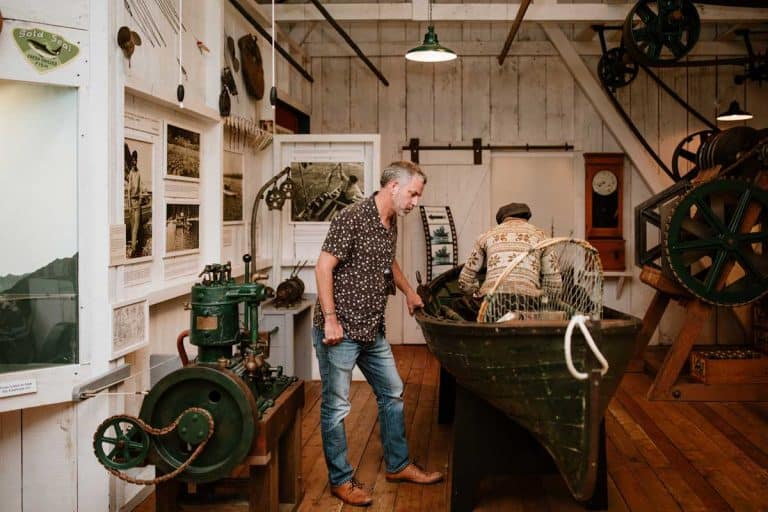



The Building and Exhibits

1958
A Sports Fishing Lodge Exhibit
The Museum began with an exhibit in the lobby of a sports fishing lodge in 1958, that was collected and presented by a group of people interested in the human history of Northern Vancouver Island and in particular in First Nations art and culture. The Museum was registered as a non-profit society in 1961, governed by a Board of Trustees.
1987
Planning for a New Facility
By 1978 the collection had outgrown this facility, and planning for a new facility began in 1987.
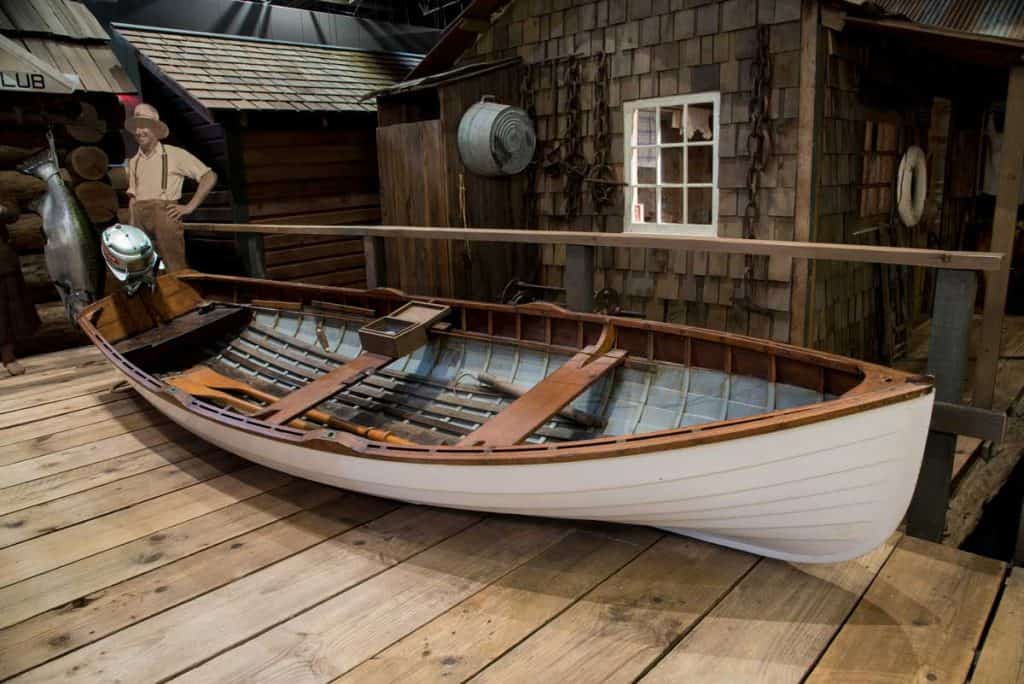
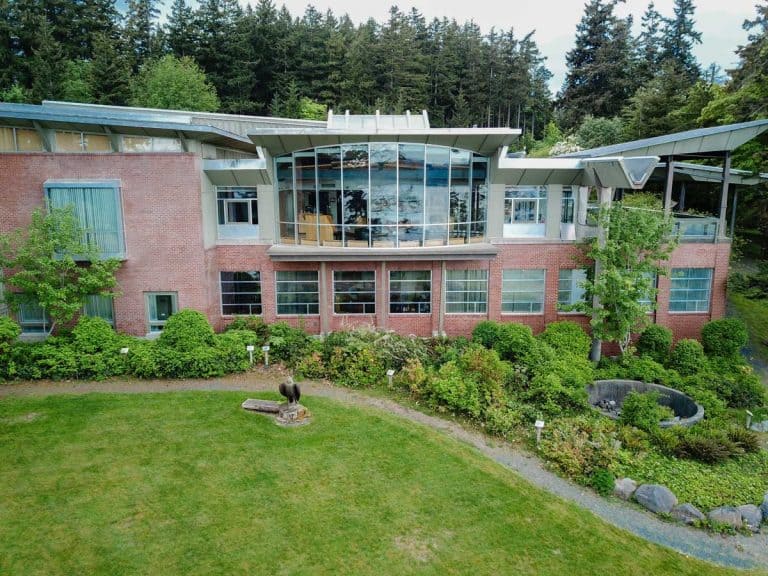
1994
A 21,000 square foot facility
Eleven recognized experts on the history and ethnology of the region helped to develop an outline of potential topics. By 1989 a floor plan and basic scale model was made of the major exhibits plan. A 21,000 square foot facility was completed in 1994, and includes 7,000 square feet for a major exhibits gallery and 1,700 square feet for temporary exhibits.
Now
Offering Indoor and Outdoor Activities
Located on a seven-acre wooded site, it has a commanding view of Discovery Passage (an active shipping lane running between Campbell River and Quadra Island). The forested site offers excellent opportunities for outdoor activities, displays and interpretation.

